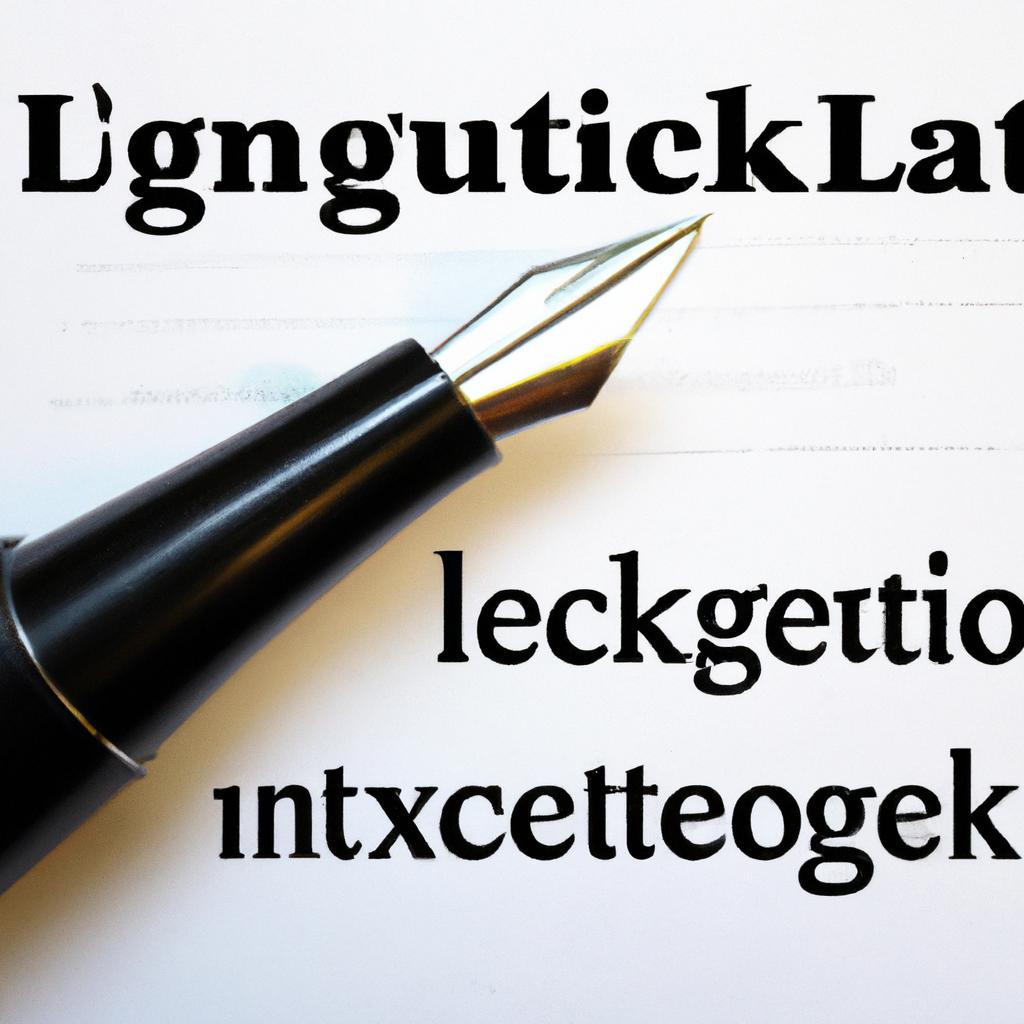In an increasingly digital world, the way we conduct business is evolving at a breathtaking pace. Gone are the days when the ink on a paper contract held the sole power to bind agreements; now, electronic signatures rise to the forefront as a groundbreaking alternative that not only enhances convenience but also fosters efficiency in transactions. As organizations and individuals alike embrace this technological shift, questions regarding the legitimacy and legal protections surrounding electronic signatures inevitably surface. What constitutes a valid electronic signature? How does it stand up against traditional signed contracts in the court of law? This article delves into the intricacies of electronic signatures, exploring their legal framework and the safeguards in place to ensure they hold the same weight as their handwritten counterparts. Join us as we unlock the legitimacy behind electronic signatures and illuminate their role in modern commerce and beyond.
Understanding the Legal Framework Surrounding Electronic Signatures
In today’s digital landscape, the acceptance and enforcement of electronic signatures are governed by various legal frameworks that lend legitimacy to their use. Key legislation such as the **Electronic Signatures in Global and National Commerce Act (ESIGN)** in the U.S. and the **Electronic Identification and Trust Services Regulation (eIDAS)** in the EU outlines the key criteria for validating these digital markers. Understanding these essential components helps in grasping the legal weight of your electronic signature:
- Intentionality: The signer must clearly indicate their intention to sign.
- Consent: All parties involved must agree to use electronic signatures.
- Integrity: The signed document must remain unchanged and clearly indicate any modifications.
- Attribution: It should be clear who signed the document, affirming identity and accountability.
These foundational elements ensure that electronic signatures hold the same legal standing as traditional handwritten signatures, provided they comply with relevant statutes. Below is a simplified table highlighting the distinctions between electronic and handwritten signatures:
| Aspect | Electronic Signature | Handwritten Signature |
|---|---|---|
| Formality | Less formal, more accessible | Often viewed as formal |
| Security | Can be secured with encryption | Subject to forgery |
| Storage | Digital storage and retrieval | Physical document management |
By navigating the legal intricacies, individuals and businesses alike can protect their interests and confidently embrace the shift towards electronic transactions.

Best Practices for Ensuring the Security and Acceptance of Your Digital Signature
To enhance the security and acceptance of your digital signature, consider implementing the following strategies:
- Utilize Strong Encryption: Ensure your electronic signature uses robust encryption methods to protect against unauthorized access.
- Choose Reputable Providers: Always select a trusted electronic signature provider that complies with legal standards and regulations.
- Enable Multi-Factor Authentication: Adding an extra layer of security can significantly reduce the risk of fraud and ensure the identity of signers.
- Maintain Comprehensive Audit Trails: This provides a transparent record of every action taken during the signing process, reinforcing accountability.
- Regularly Update Software: Keep all related software updated to protect against known vulnerabilities and security threats.
By adopting these best practices, you can create a secure environment that fosters trust and increases the acceptance of your digital signature.
In Conclusion
In a world where digital interactions are rapidly supplanting traditional methods of communication and agreement, understanding the legal nuances of electronic signatures has never been more critical. As we’ve explored in this article, the journey to unlocking legitimacy involves not only acknowledging the validity of these digital credentials but also equipping ourselves with knowledge about the protections and regulations that safeguard our online transactions.
As we stand at the intersection of technology and law, it is essential to ensure that our digital signatures reflect not just our intentions but also our rights. By embracing the tools and insights provided in this guide, you can confidently navigate the complexities of electronic agreements.
Ultimately, securing your digital identity is about more than convenience; it is about empowerment. With the right understanding and practices in place, you can wield your electronic signature as a powerful instrument in your personal and professional life, ensuring that your digital engagements are both legitimate and secure. As the landscape continues to evolve, staying informed will be your best ally in the quest for authenticity in an increasingly virtual world.


